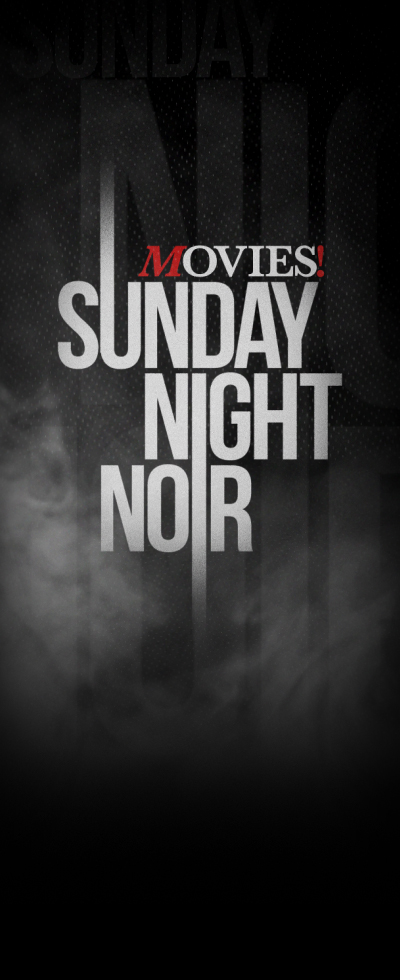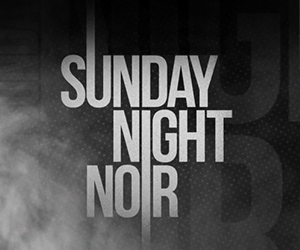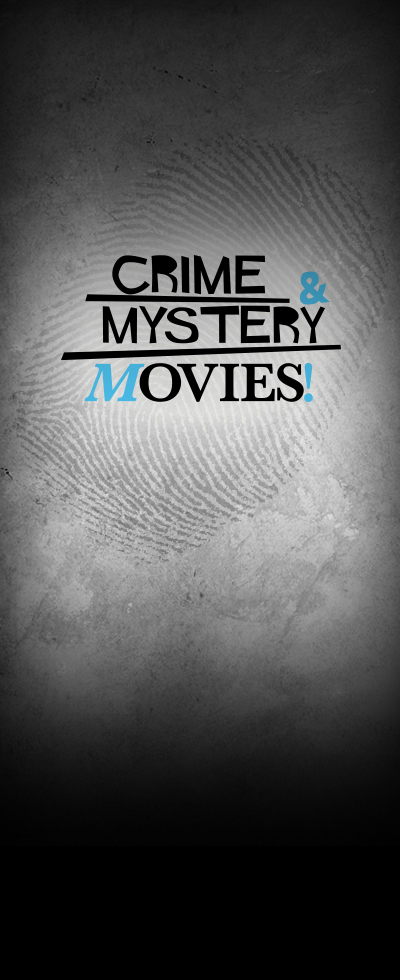For showtimes, click here.
Arsenic and Old Lace was a major play on Broadway in 1941, which is what drew Frank Capra to the project. However, because of its success, the production's producers wouldn’t allow the movie to be released until it closed. As a result, shooting wrapped on December 12, 1941, but the picture wasn’t released until 1944.
It was a risk, especially since the war and the change in public sensibilities could have led to a bad reception. And yet, a determined Capra knew the kooky comedy was too good to pass up.
1. They couldn’t have Boris Karloff.

The play’s producers allowed cast members Josephina Hull, Jean Adair, and Jonathan Alexander time off so they could appear in the film. However, the producers didn’t grant Karloff the same (much to his dislike) because they feared it would hurt their box office. Raymond Massey replaced him, but the film kept all the lines about the character looking like Karloff.
2. Bob Hope wanted to play the lead.

In fact, three big names were considered before Cary Grant: Bob Hope, Jack Benny, and Ronald Reagan. In fact, studio head Jack Warner wanted Hope, but he was under contract to a different studio. Benny and Reagan both turned down the part. Capra wanted Cary for the character though and convinced Warner – and Grant himself – that he was right for the role.
3. Grant wasn’t sure of his performance.

Strange, right? Cary's progression from normal to unhinged is fun to watch, and yet, the Hollywood icon felt he was playing it too broad and hysterical. “I overplayed the character,” he said. “Jimmy Stewart would have been much better in the film.” Still, Grant enjoyed working with Capra, remembering him as a “dear man.” This was the pair’s only film together.
4. Capra went to war after filming.

After the attack on Pearl Harbor, Capra enlisted. The Corps even came to the studio to swear him in. He was also granted time to finish his film before heading into the service. Cary Grant also aided the war effort and donated his salary, somewhere between $100 to $160 thousand, to the American Red Cross, the British War Relief, and the United States Organization.
5. The set was a masterpiece.

Capra built an impressive set for the film. It included a miniature Brooklyn Bridge with small cars and trains that moved, a Manhattan skyline that disappeared into the distance, and a spooky graveyard – the cherry on the top for the Halloween feel that he wanted. There was even a special tombstone for Archie Leach (Cary Grant’s real name). At the time, it was the largest set Warner built on the studio’s lot.
















